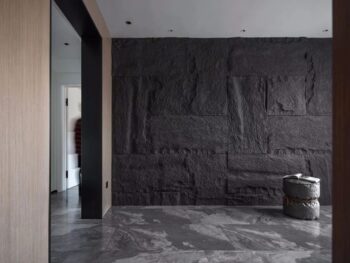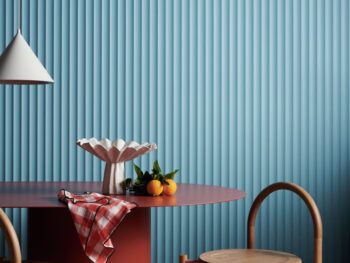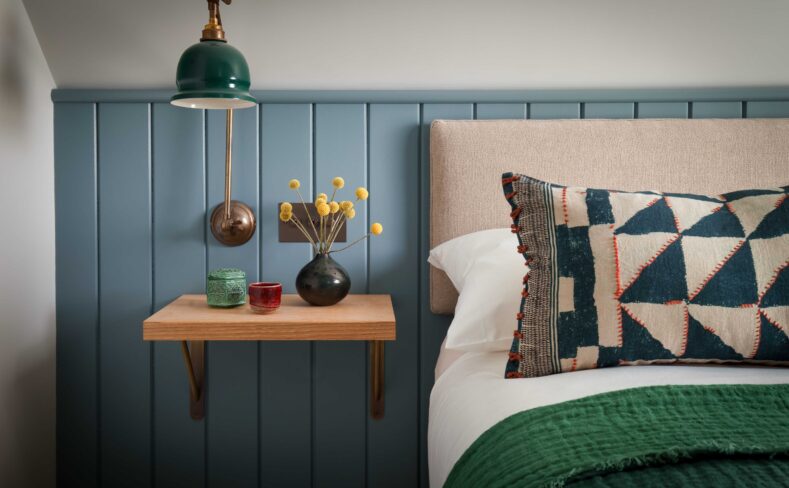
12 Things to Consider When Installing Wall Panel
DIY wall panel is a trend that has continued to grow in popularity over the past few years. More and more people around the world are giving their homes a makeover, transforming their interiors with the help of MDF paneling strips and a range of other stylish styles.
Whether in a bathroom, bedroom, or kitchen, wall panel is a cost-effective way to update the interior of your home. George Panel has a variety of wall panel kits for you to get creative with your home improvement projects.
Decorative wall panels are a great way to enhance the design and aesthetics of your interior, but before you begin installation, it’s important to consider a few important things. Proper preparation and planning can ensure a smooth siding installation while ensuring the end result is flawless. Below we’ll look at the key things to consider before installing wall panel.
Related Articles
How to DIY Shaker Wall Panels?
How to Panel a Wall: DIY Wall Panels in 7 Simple Steps
I. What should you consider before installing wall panels?
1. In which area of your home are you installing paneling?
If you purchase wall panel, you will need to consider the area of your property where the wall panel will be installed. The versatility of siding not only makes it suitable for any room in the home, but it can also be used to cover pipes and electrical wiring.
Installing wall panels in kitchens and bathrooms is a great alternative to ceramic tiles as our bathroom wall panels can withstand wet conditions. These wall panels are also capable of handling the odd splash or two, making them a good choice for bathroom or kitchen interiors. By deciding on the areas of your home where you want to install wall panel, you will make your home renovation process much easier.
2. The style of wall panel you are installing
Since there are different types of wall panel styles to choose from, it’s important to choose a style that suits the room you want to decorate. You’ll also need to consider the type of house you’ll be installing the paneling on, whether it’s a Victorian or Georgian property or a modern new build.
Tongue and groove (farmhouse), shaker, Jacobean, and geometric are just a few wall panel styles to consider for your home remodeling project. If you are installing paneling in your kitchen or bathroom, it is worth using tongue and groove siding in that area of your home.
Both Jacobean and geometric wall panels are perfect for creating a feature wall in a bedroom or home office. If you want a traditional wall panel style that will suit any area of your home, Shaker style wall panel is perfect for any room you decide to install siding in, as they can add warmth and coziness to a bedroom or living room.
By considering the different types of wall panel styles available, it can help you decide which style is right for your home improvement project.
3. Measure your walls
Before installing any wall panel, it is necessary to measure the wall where the wall panel will be installed. This will give you a good idea of how much wall paneling you will need to cover the entire surface area of the room.
Be sure to double check the dimensions of the room you are installing in as there will be plugs, baseboards, furniture and surrounding electrical sockets. By doing this, it will ensure that the panels fit perfectly so you can provide the traditional or modern look you want to achieve.
If you are struggling to find the amount of wall panel you need, this siding calculator will help with this part of the installation process.
4. Plan the look you want for your paneled walls
Drawing how the paneling will look on a paneled wall will give you an idea of your options for installing wall panels. By doing this, you can see on paper what the paneling will look like before you install it on your bedroom or living room wall.
Once you know where you want your wall panels to go, you can draw them on the wall to get a clearer idea of the dimensions. Use a tape measure and pencil to mark each point where the panels will be installed. This will make your installation process much easier, saving a lot of time and stress from placing the panels in your bedroom.
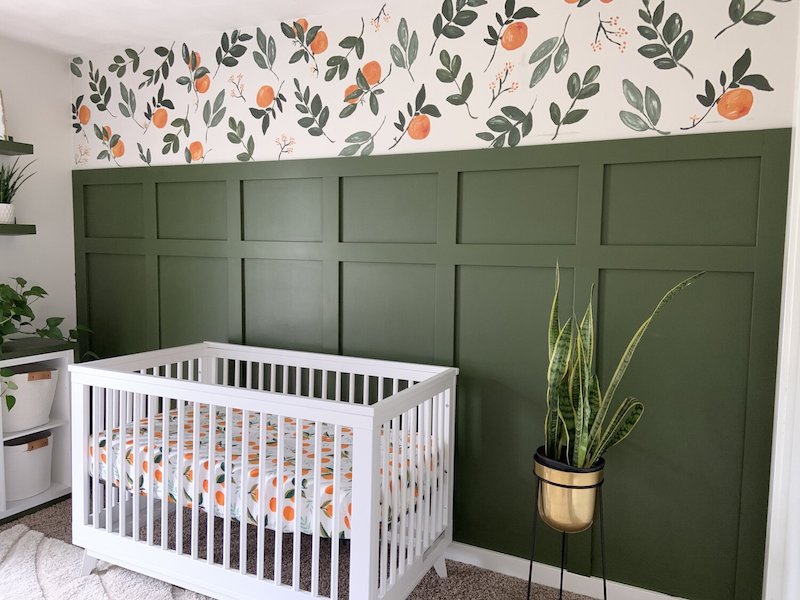
5. How high do you want the wall panels in the room to be?
You should consider how tall you want the siding in your living room or any other area of your home to be. Most people choose dado height because it is perfect for bathrooms and allows enough space around other items in the room, such as toilet cisterns and basins.
If you want a striking look in your living room or dining room, it’s worth extending the paneling from floor to ceiling. However, you should be careful when taking this approach, as you have to take into account other elements in the room, such as radiators and fireplace doors and windows.
As far as wall panel height ideas go, setting the wall panel height to one-third or two-thirds of the wall can create a beautiful look for any room in the home.
These 5 things will make it easier for you when installing wall panel. If you have any questions about the type of wall panel that’s right for your home, you can contact one of our expert sales team members today.
II. What are the things that need to be considered during installation?
1. Wall preparation
Before installing wall panel, make sure the wall is smooth, clean, and that proper preparation has been completed. Repair any existing wall defects and bumps, fill cracks, and ensure the wall is smooth and flat so that the wall panels can be installed more securely. In addition, determine the layout and installation direction of the wall panels as needed.
2. Measure and plan
Before installation, accurately measure the wall surface and plan the location and layout of the wall panels. Using a level to ensure vertical and horizontal lines and to mark where the wall panels will be installed will help ensure the accuracy of the wall panel installation.
3. Choose the right wall panels, tools and materials
Choose the appropriate wall panel material and style based on your design style and needs. Make sure you have the tools and materials needed for installation such as nail guns, nails, screws, glue, carpenter’s glue, saws, measuring tools, etc., as well as safety gear to ensure the job is done safely. The right tools and materials can make your job more efficient and ensure a secure wall panel installation.
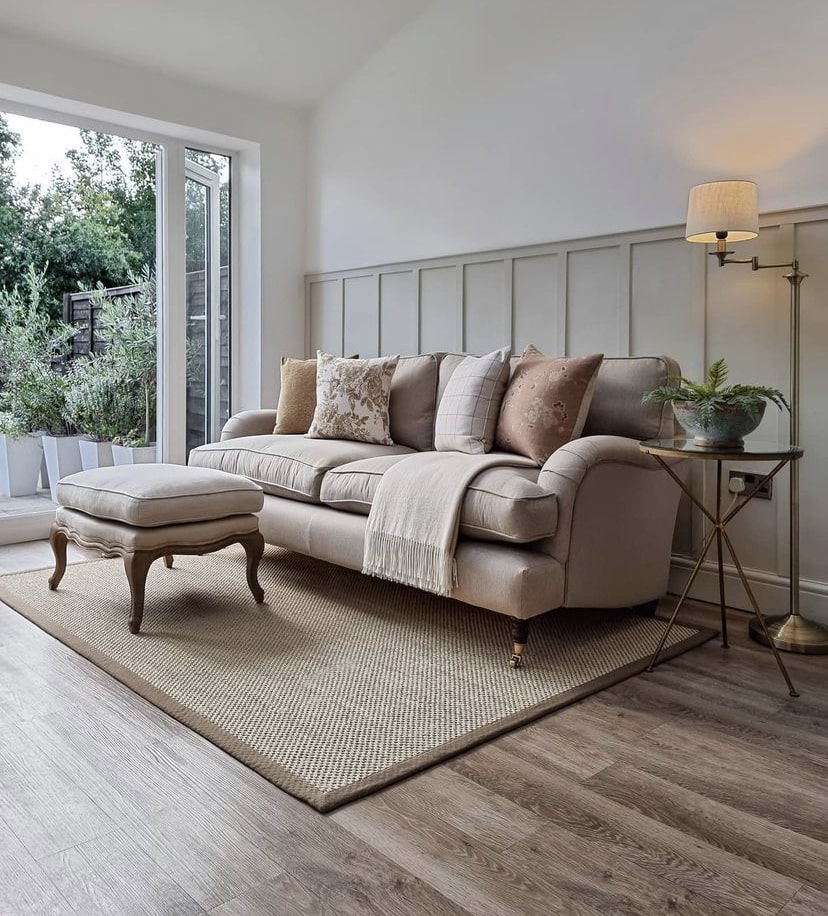
4. Proper installation method
Each type of wall panel may require a different installation method, and the correct installation method will depend on the type of wall panel and installation guidelines. Before installation, understand the characteristics and installation requirements of siding. For each wall panel, make sure the wall panel is installed horizontally, vertically and securely to the wall, following the correct installation sequence, techniques and procedures to avoid problems or damage.
5. Pay attention to gaps and seams between wall panels
During installation, make sure the connections between wall panels are tight and aligned. Different types of wall panels may require different gaps to accommodate their expansion and contraction. At the same time, keep the gaps between the wall panels even to ensure a better overall appearance. Allow for expansion and contraction of wall panels and maintain appropriate clearances to reduce possible future problems.
6. Communicate and measure
Take precise measurements and mark the location of the wall panels prior to installation to ensure that the wall panel installation is level, plumb, and aligned. In addition, if there are multiple people involved in the installation, good communication and collaboration are also crucial to ensure that team members understand the installation plan and cooperate with each other to ensure that the entire installation process proceeds in an orderly and smooth manner.
7. Cleaning and detailing
After completing the installation, clean the wall and inspect the details. Fix any imperfections or issues that may arise to ensure that the siding installation is clean and looks as expected.
By keeping these important things in mind, you can install your wall panel more easily and get a better finish.
III. Conclusion
Preparation before proceeding with wall panel installation is key to ensuring final results and durability. A comprehensive consideration of material selection, wall preparation, precise measurements and planning, the right tools and techniques, and budget management will directly affect the appearance and quality of the installed wall.
Investing adequate time and effort in the preparation phase will provide your wall panel installation with a solid, beautiful, and long-lasting result. Remember, careful planning and execution are key to ensuring you get the best return on the effort and money you invest. If you have any questions about installing wall panels, please feel free to contact us!
Quick Quotation

